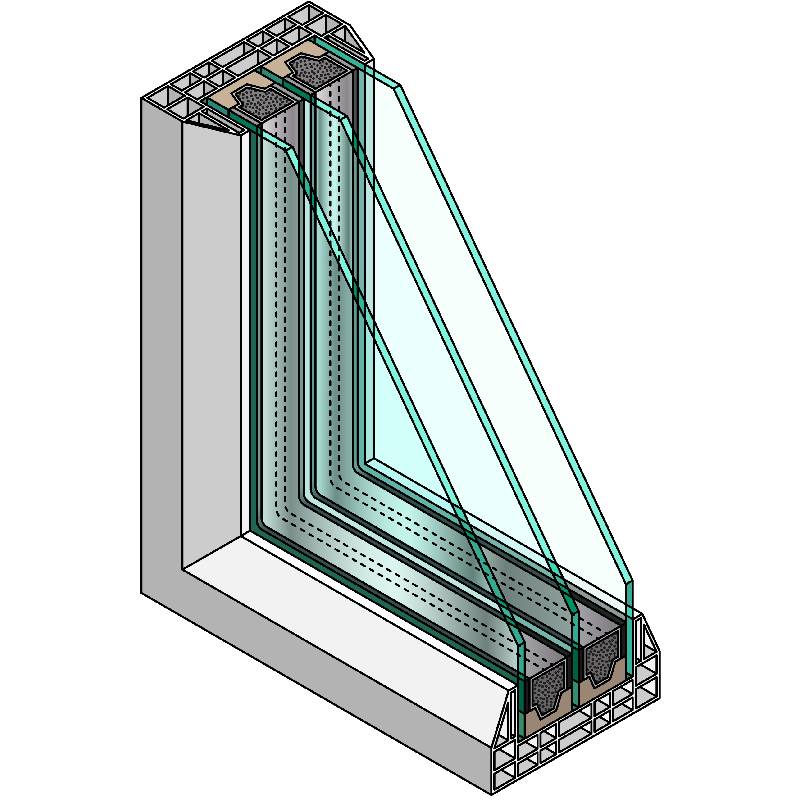

Understanding White Float Glass A Versatile Material for Modern Applications
White float glass, a fundamental material in the construction and manufacturing industries, has gained considerable popularity due to its unique properties and aesthetic appeal. This type of glass is created through the float glass process, where molten glass is poured onto molten tin. This method results in a smooth, flat surface that is free from distortion and imperfections, making white float glass ideal for a range of applications.
One of the key characteristics of white float glass is its clarity and light transmission. The glass allows an impressive amount of natural light to pass through while providing a neutral aesthetic that can seamlessly blend into various designs. Its transparency makes it suitable for windows, facades, and glass doors, enhancing both residential and commercial spaces. The clean, reflective quality of white float glass also adds to the overall elegance of buildings, making it a preferred choice among architects and designers.
In addition to its visual qualities, white float glass is known for its durability and ease of maintenance. It is resistant to weathering, UV light, and chemical damage, ensuring that it retains its appearance over time without the need for excessive upkeep. This resilience makes it an excellent option for exterior applications, such as curtain walls and skylights, where exposure to the elements is a concern.

Another significant aspect of white float glass is its versatility. It can be easily processed and manufactured into various forms, such as tempered glass, laminated glass, and insulated glass units. These variations enhance its performance characteristics, including improved strength, thermal insulation, and soundproofing. For instance, laminated white float glass consists of two or more layers of glass bonded with a plastic interlayer, providing added safety and security.
Sustainability is also a vital consideration in today’s manufacturing processes. White float glass can be recycled, reducing waste and promoting a circular economy. Many glass manufacturers are increasingly incorporating recycled materials into their production, aligning with modern environmental standards and practices.
In conclusion, white float glass represents a harmonious blend of functionality and aesthetics. Its clear and smooth surface, combined with exceptional durability and versatility, makes it an indispensable material in contemporary architecture and design. As trends shift towards sustainable practices, the demand for white float glass is likely to continue growing, reinforcing its position as a key player in the glass industry. Whether in residential buildings or commercial structures, white float glass remains a symbol of modern elegance and practicality.